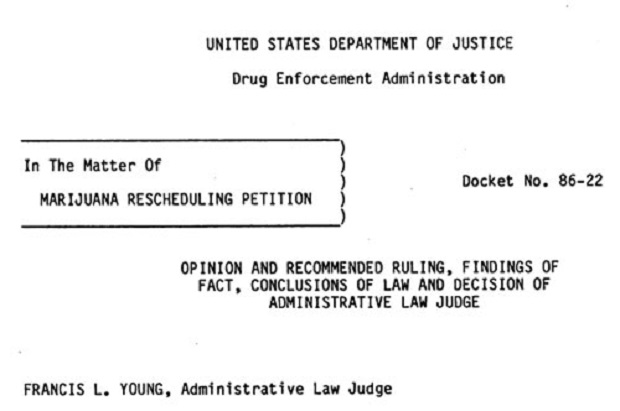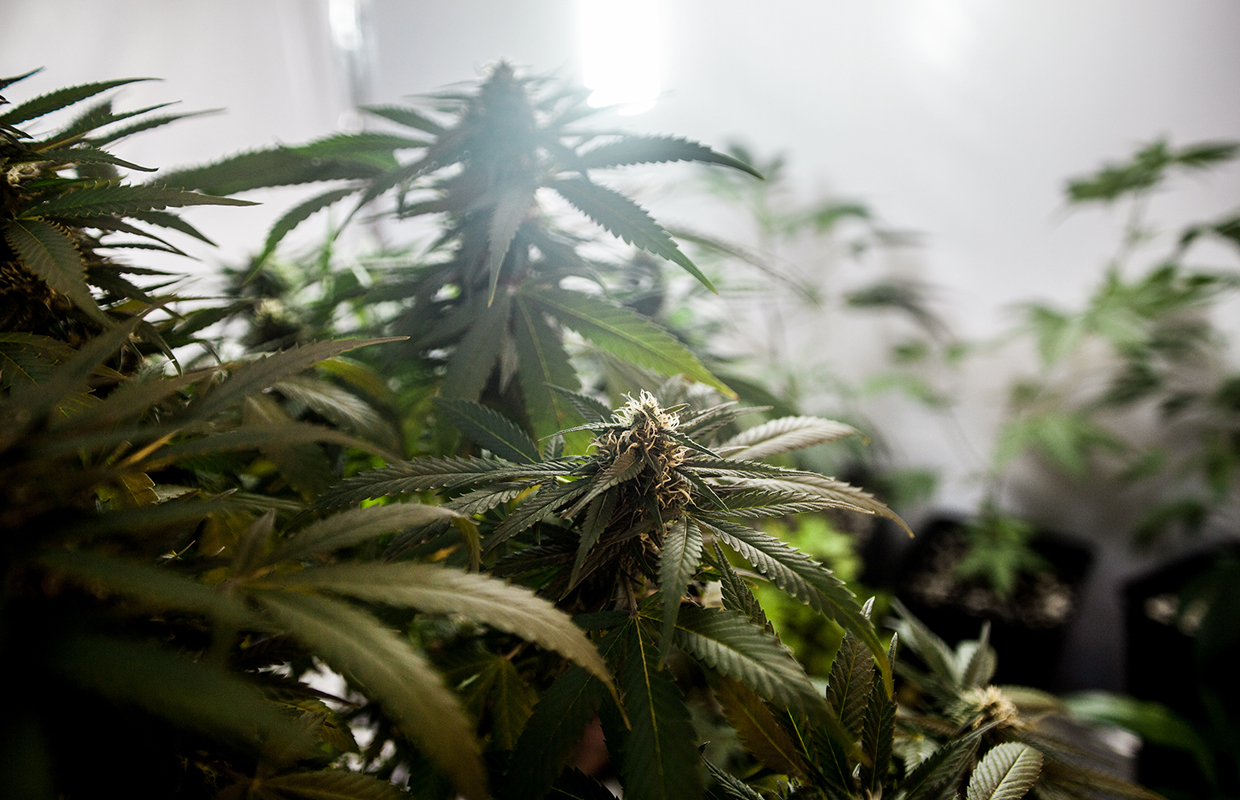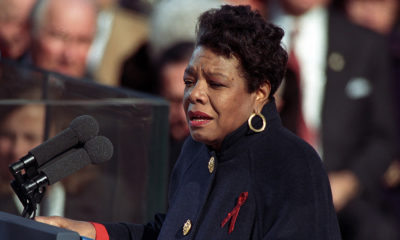In History
Living History: A DEA judge sees the light
Nixon’s hand-picked Shafer Commission took nearly two years to release the findings of its exhaustive review of cannabis’s harms and benefits. At the end of one of the most thorough studies ever conducted, the commission’s recommendation, which the DEA was bound by law to respect, was unequivocal.
Cannabis, they reported, should be decriminalized.
The Shafer Commission found little factual basis for keeping marijuana in its temporary Schedule I classification and recommended that it be moved to a less restrictive category. In the view of this blue-ribbon panel of government scientists and jurists, the majority of claims about pot’s supposed harms had been overblown.
Nixon received an early tip-off of the commission’s conclusions and began attacking the competence of its members (the majority of whom he had chosen himself) before their report was even released. Yet the law was the law. According to the compromise passed by Congress and signed by Nixon himself, the DEA had no choice but to legalize weed.
The Nixon White House, a group of acknowledged experts in planning criminal schemes, intensely pressured the DEA to simply ignore the law. This the agency did, blatantly thumbing their noses at their legal duties while allowing the commission’s report to yellow on their desks. After years of delay, the newly-formed NORML sued the DEA to fulfill its obligations in 1975. Yet the government’s lawyers managed to deflect the suit by throwing up procedural roadblocks, most notably employing a rule of civil procedure which requires plaintiffs like NORML to exhaust all remedies available in the administrative branches of the federal government before they could get through the door of an actual federal courtroom.
The feds made sure that these “administrative remedies” took as long as possible. But after more than a decade of delay and legal wrangling, NORML’s lawyers finally got to make their case before one of the DEA’s administrative law judges – Francis L. Young – who could decide whether the agency had followed its own rules when refusing to reschedule. After nearly two years of hearings covering every possible aspect of marijuana – its medical benefits, its addictiveness, and its relative harms – the DEA’s own judge slammed the agency’s unreasonable delay. In 1988, Judge Young ruled that cannabis should be rescheduled, just as the Controlled Substances Act required.
But for the DEA, which had already ignored the dictates of Congress for a decade, found it no great stretch to ignore its own judge also. Thus, in 1993, a coalition of cannabis activists had to come together yet again, this time to directly petition the President to compel his agency to follow the law.
For six years Bill Clinton attempted to avoid the issue, finally agreeing in 1999 to commission yet another blue-ribbon panel (this time called the Institute of Medicine) to conduct yet another study. After the IOM released virtually identical recommendations to those suggested by the Shafer Commission late in his second term, President Clinton managed to ride out the balance of his time in the White House without ever taking action on it. George W. Bush used similar delay tactics, serving two whole terms of office without ever addressing the petition.
Thus, the required rescheduling of cannabis under the Controlled Substances Act had languished for nearly forty years by the summer of 2011, when DEA Administrator Michelle Leonhart took the step which made legalization inevitable.























